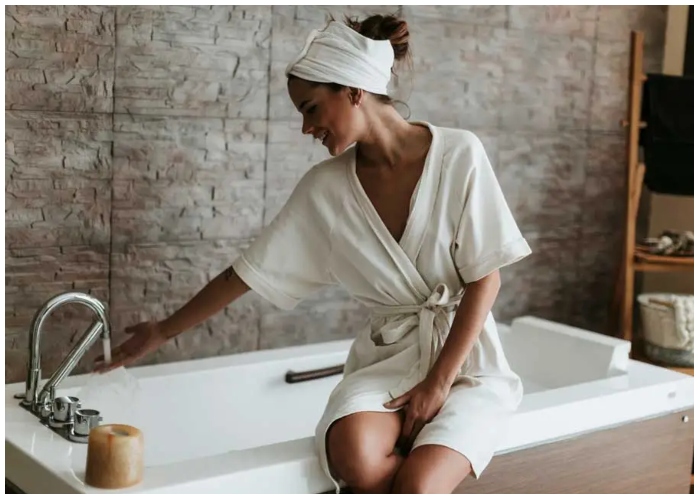In a world that glorifies hustle, side gigs, and “grind until you make it,” a surprising counter-trend is taking over—especially among millennials and Gen Z. It’s called the soft life, and it’s about living intentionally, choosing ease over stress, and prioritizing joy, rest, and emotional well-being over achievement at all costs. But is it realistic—or just another aesthetic for social media? It turns out that the soft life is more than just a vibe. It’s a mindset—and one that’s resonating for very real reasons.
What Is the Soft Life, Really?
The soft life isn’t about being lazy or unmotivated—it’s about rejecting burnout culture. It’s choosing to say no to the constant pressure to hustle and instead embracing a lifestyle centered on ease, peace, and personal well-being.
It’s about romanticizing your own life—whether that’s sipping matcha in the morning, taking long walks, setting work boundaries, or saying no to draining relationships. The soft life encourages people to protect their time, energy, and mental health without apology.
Where the Trend Started—and Why It’s Catching Fire Now
The phrase “soft life” originated in Nigerian influencer culture as a rejection of hard labor and survival mode. It quickly gained traction on TikTok, where users began sharing glimpses of slower, more luxurious-feeling routines, such as solo brunches, midday journaling, and skincare rituals paired with calming music.

But beneath the aesthetic, the trend speaks to real burnout. After years of hustle culture, a pandemic, economic uncertainty, and rising anxiety levels, younger generations are craving peace and sustainability—not just professionally, but personally.
What Soft Living Looks Like in Real Life
Soft life doesn’t mean quitting your job and running off to a beach (though you could). It’s about infusing moments of ease into your everyday reality. Here’s what it might look like:
- Taking mental health days without guilt
- Setting boundaries around work, emails, and social commitments
- Choosing nourishing meals, not rushed snacks at your desk
- Prioritizing sleep, skincare, and slowness in the morning
- Saying no to people or plans that drain you
- Investing in emotional healing and self-reflection
It’s a lifestyle rooted in self-preservation—and self-love.
Why the Soft Life Isn’t Just for the Privileged
A common criticism is that the soft life is unrealistic unless you’re wealthy. However, while money can buy ease, a soft life is less about luxury and more about mindset. You don’t need a spa day or a vacation to participate. You can practice soft living by:
- Saying “no” without over-explaining
- Making time to read a book or take a walk
- Cleaning your home slowly with music on
- Cooking a comforting meal instead of ordering out
- Replacing constant productivity with intentional rest
Anyone can practice soft living in small, powerful ways—no matter their schedule or salary.
Soft Life vs. Self-Care Culture
While similar, the soft life takes self-care to the next level. It’s not just a bubble bath after a hard day—it’s designing your life so that stress isn’t the default in the first place. It’s proactive, not reactive.
Self-care is a response. Soft living is a design. One that says, “I deserve calm by default, not just after a breakdown.”
The Mental Health Benefits of Slowing Down
Research backs up what soft life advocates have known intuitively: slowing down improves everything. Reduced anxiety, better focus, improved emotional regulation, and stronger relationships are all linked to pacing life more intentionally.
Chronic stress affects various aspects of health, including immune function, sleep, and heart health. By choosing slower mornings, less cluttered schedules, and more time for hobbies, you give your mind and body a chance to reset and rejuvenate.
Living Soft Doesn’t Mean Living Small
Choosing ease doesn’t mean you lack ambition—it means you’ve chosen to live in alignment with your values, not someone else’s definition of success. The soft life isn’t about giving up—it’s about showing up differently. With grace. With intention. And with room to breathe.
Because in the end, living softly might be the most powerful thing you can do in a world that keeps pushing you to be hard.